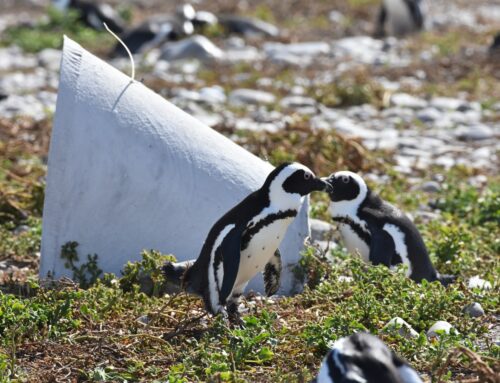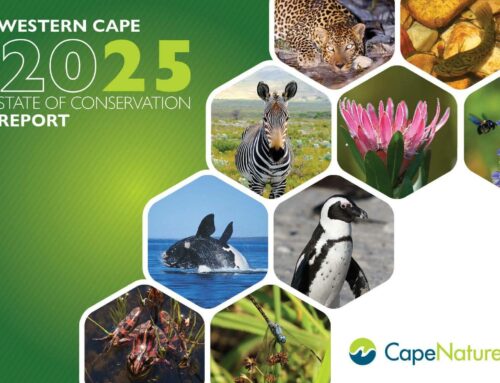The purpose of the day is to raise awareness of the dangers that threaten the survival of many animals around the world. Therefore, it is a fantastic time to explore and investigate endangered animals of the Greater Dyer Island ecosystem with our DEEP students. This is what the students had to say about endangered animals:
“When a species is defined as endangered, its numbers are unusually low – in the last few thousands, hundreds, or even tens. And when the last of the species is gone, they are gone for good. A species is classified as endangered when its population has declined between 50 and 70 percent. “
“This day was created to keep us aware of how fragile the existence of some animals, plants, and insects are and, most importantly, reminds us to take the time to learn about why it’s so important to protect endangered species from any further harm.” This global day of action and celebration was created and founded by David Robinson and the Endangered Species Coalition in 2006, and has continued ever since.
Since time began, there have been endangered species. Perhaps one of the earliest and most learned about extinctions in history is that of the dinosaurs. However, an endangered species is one which is still in the world today, but may not be much longer if the right steps aren’t taken. Reasons for endangerment are varied – this may be down to environmental changes, overfishing, poaching, bycatch, the changing or destruction of habits by humans, or natural disasters, ignorance, to name a few. National Endangered Species Day is designed to help people learn more about the environmental issues that the planet faces today.
From arid deserts to lush forests, to ancient folded mountains, meandering coastline: South Africa’s terrain is incredibly diverse, offering great living conditions for many different species of birds, mammals, reptiles, insects, and amphibians. Let us look at the endangered African penguin, Indo pacific humpback dolphin and the vulnerable great white sharks who will be extinct if nothing is done.
Great White Shark
The Great White Shark is one of the most feared animals on earth thanks to film productions like “Jaws “. Yet, our planet’s largest (known) predatory fish remains quite a mystery. In fact, we know very little about this shark species’ physiology and behavior. The Great White appears out of nowhere and suddenly disappears into the ocean’s depths again. That’s why researchers struggle to figure out things like their average lifetime, maturity levels, and gestation periods. It is estimated to reach a maximum size of around 6m and has been seen ripping apart larger marine animals like seals and dolphins with their razor-sharp teeth. Since Great White Sharks are rarely seen compared to other shark species, scientists assume its population numbers to be small with vulnerabilities such as commercial and sports fishing, bycatch and degradation of habitats. You’re probably wondering why we should be contributing to saving these sharks. Consider the great white shark as a caretaker of the ocean. Sharks basically maintain a clean and healthy underwater world, preventing illness and disease from spreading.
Luckily, there are several conservation projects like the Dyer Island Conservation Trust who acknowledge their importance and work hard to counteract the population decrease of the great white shark by conducting research and monitoring of the great white shark by observing and tracking their migration behavior. Some organizations promote implementing protective measures to protect these controversial creatures and are taking initiative to educate the public about these effective predators and creating a less hostile attitude towards them.
African penguin
While you might think that penguins only live in cold Antarctica, they actually appear in much warmer climates like South Africa, Namibia, South America, New Zealand or Australia as well. However, the African penguin is endemic to Namibia and South Africa and considered an endangered species. With only 10,400 pairs left in South Africa, the population decreased by more than 50% since 1979. Feeding mostly on schooling fish like sardines and anchovy, African penguins are threatened by food shortages caused by different prey distribution, commercial fishing, and their competition with the Cape fur seal. The population of African penguins has shrunk significantly over the past decades and local projects are working hard to counteract this trend. The African Penguin species has greatly declined since the late 1800s, first from egg collecting and guano scraping and later, in the mid-1900s, due to industrial fishing. The African Penguin has a High Conservation Legacy; without protected areas, the African Penguin would possibly be extinct today.
Indo-Pacific Humpback Dolphin
The Indo-Pacific humpback dolphin of South Africa is listed internationally as ‘Vulnerable’ by the IUCN and ‘Endangered’ within South Africa, it is considered South Africa’s most endangered marine mammal. These dolphins occur along South Africa’s southern and eastern coasts and are found in shallow waters. Unfortunately, their preference for these inshore waters makes them more vulnerable to anthropogenic threats and the species has recently been listed as Endangered in South African waters, with a likely population size of only 500 individuals. The humpback dolphin was recently been identified as a high conservation priority.
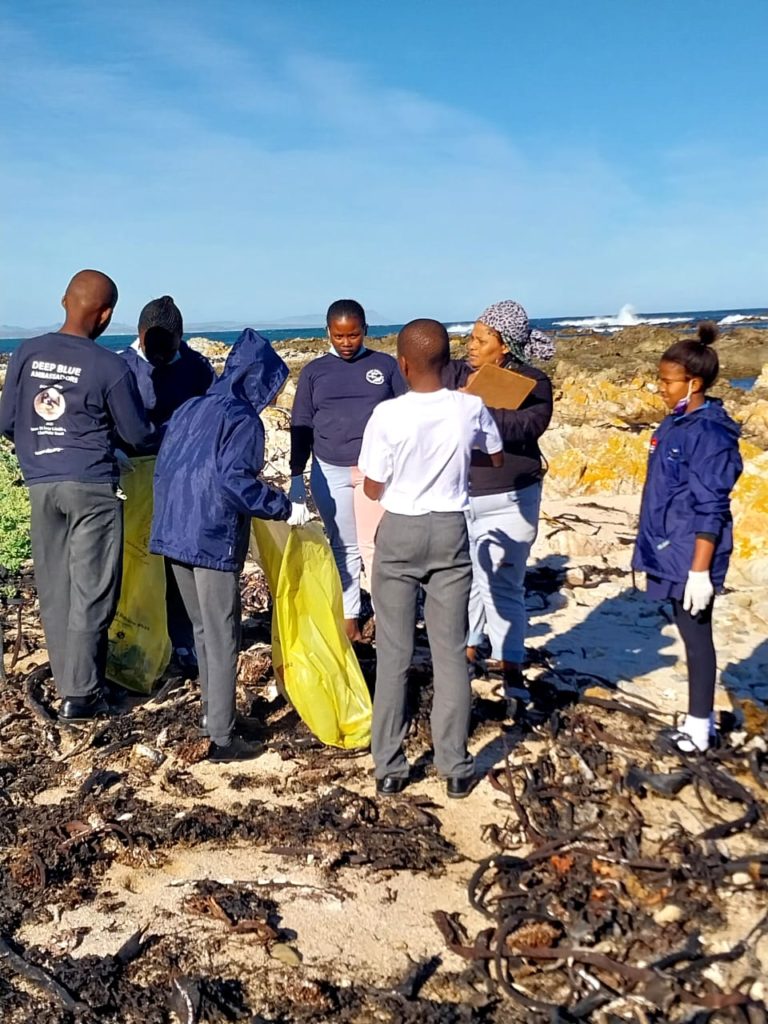 DEEP Blue Ambassadors doing their part to help the environment
DEEP Blue Ambassadors doing their part to help the environment
 DEEP Blue Ambassadors learning about endangered species of the Greater Island Ecosystem
DEEP Blue Ambassadors learning about endangered species of the Greater Island Ecosystem
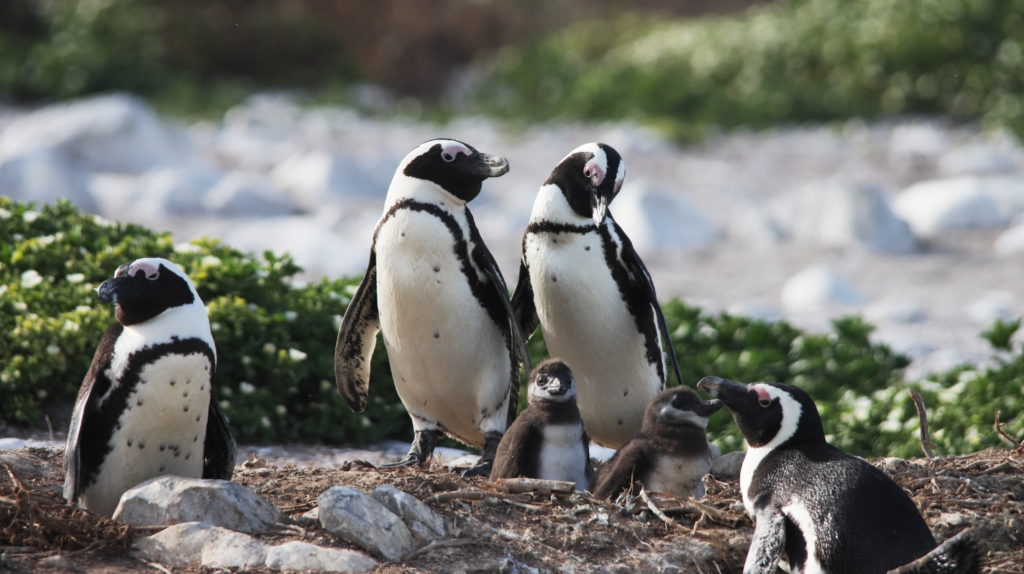 African penguins with babies – by Edward Drost
African penguins with babies – by Edward Drost
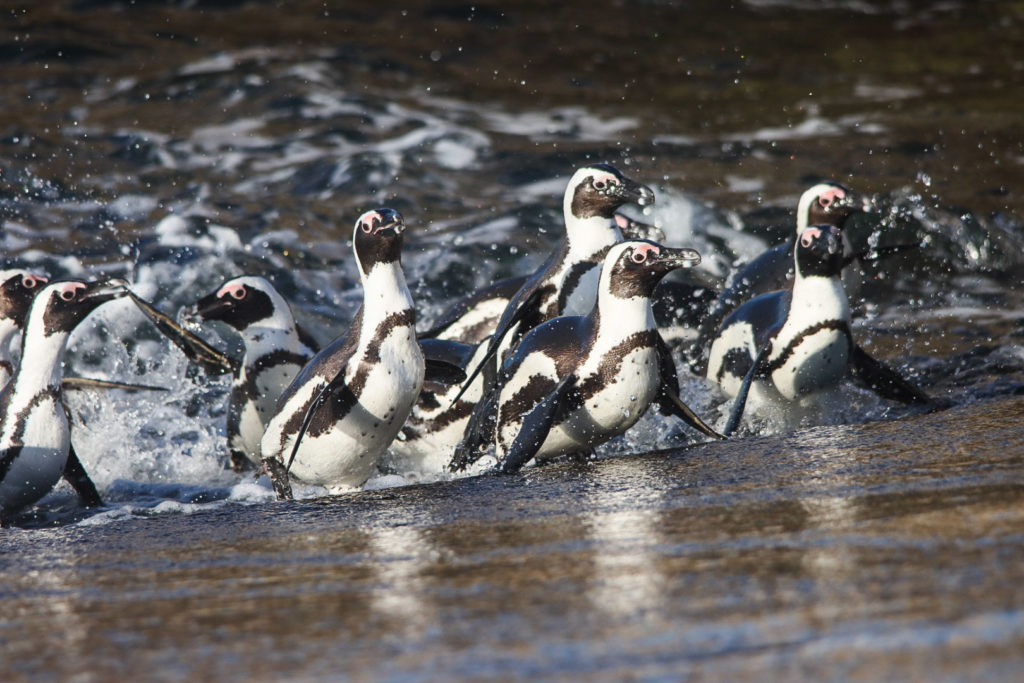 African penguins – by Edward Drost
African penguins – by Edward Drost
 Endangered Humpback dolphins
Endangered Humpback dolphins
 Endangered Humpback dolphins
Endangered Humpback dolphins
 Great White Shark – Marine Dynamics
Great White Shark – Marine Dynamics

